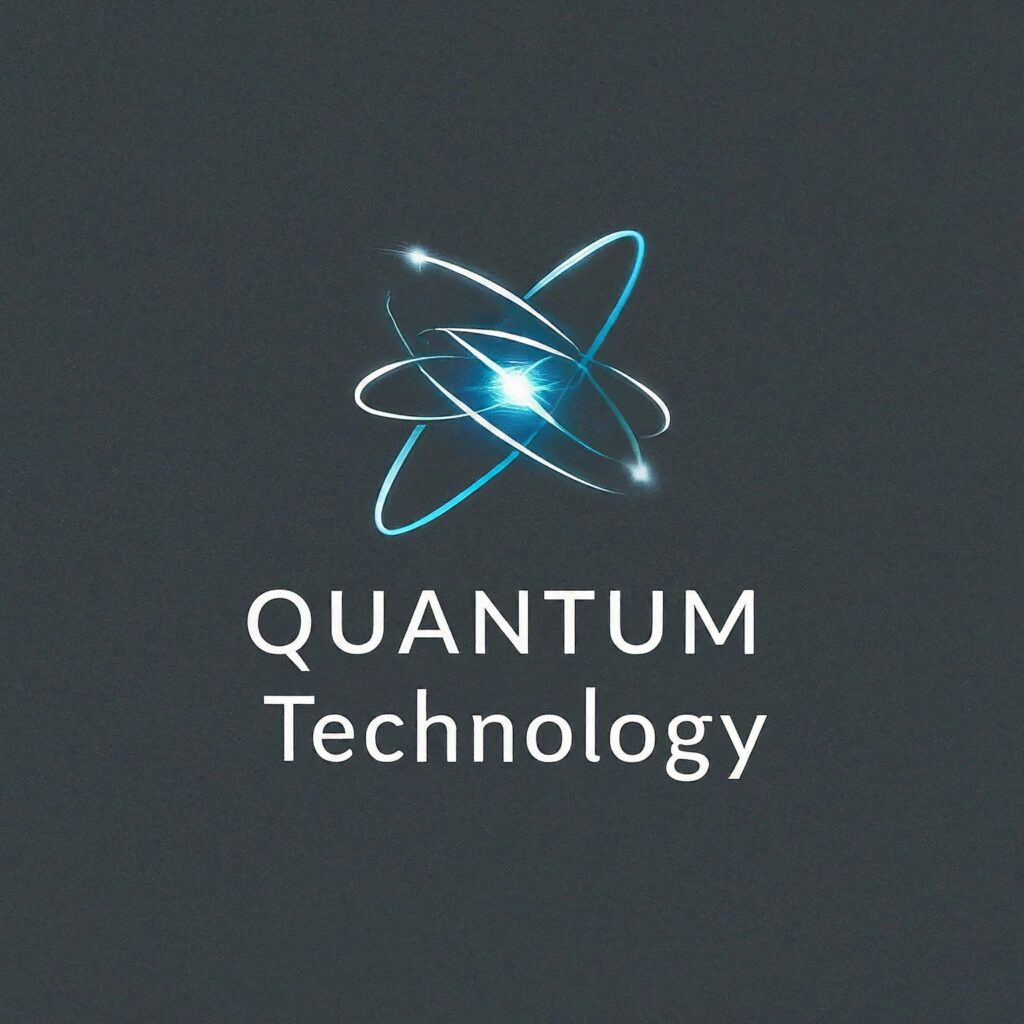In the world of finance, options pricing has always been both a science and an art. Traders, analysts, and risk managers depend heavily on accurate models to value derivatives like calls and puts. Now, with the rise of quantum computing, researchers are exploring how quantum algorithms can transform this domain. A recent tutorial published on Qiskit Finance demonstrates how quantum amplitude estimation (AE) can be applied to pricing European put options, achieving accuracy that mirrors classical techniques while promising significant computational speed-ups in the long run.
What Is a European Put Option?
A European put option is a contract that gives its holder the right, but not the obligation, to sell an underlying asset at a predetermined strike price on the option’s expiry date. The payoff is mathematically defined as:
max(K−S_T,0
where:
-
K = strike price,
-
S_T = price of the asset at maturity T.
The value of the put today is the discounted expectation of this payoff under the risk-neutral measure. In addition, a key sensitivity measure, the delta, captures how the option’s value changes relative to movements in the underlying asset. For puts, delta is always negative, and under the risk-neutral model it equals:
Δ=−P(S_T≤K)
Hence, pricing a European put boils down to two tasks: calculating the expected payoff and evaluating the probability that the terminal price falls below the strike.
How Quantum Computing Enters the Picture
Traditionally, Monte Carlo simulations have been used to approximate such expectations. While powerful, they scale slowly: the error shrinks at a rate proportional to 1/\sqrt{N}, where N is the number of samples. Quantum amplitude estimation, by contrast, promises a quadratic speed-up, reducing error at a rate of 1/N. This makes it attractive for financial applications where precision matters and computation time can be costly.
The Qiskit tutorial breaks the pricing problem into four stages:
-
Model the uncertainty in the underlying asset
-
Encode the payoff function
-
Apply amplitude estimation
-
Extract both option value and delta
Step 1: Modeling Asset Uncertainty
The model assumes the underlying asset follows a log-normal distribution under risk-neutral dynamics. In practice, this means:
-
Start with the initial price S.
-
Incorporate drift from the risk-free rate rr and volatility σ\sigma.
-
Evolve over time to maturity T.
Quantumly, this distribution is encoded using Qiskit’s LogNormalDistribution circuit. A chosen number of uncertainty qubits (for example, three) represents discrete grid points for possible terminal prices. Each basis state ∣i⟩ corresponds to a price S_T(i) with probability amplitude proportional to \sqrt{p_i}, where p_i is the discretized probability mass.
Step 2: Encoding the Payoff
The payoff function max(K−S_T,0) is piecewise linear: positive and declining when S_T<K zero otherwise. To implement this in a quantum circuit:
-
A comparator checks if S_T is below the strike.
-
Controlled rotations are applied to an ancilla qubit to represent the payoff amplitude.
-
Linear mapping is approximated using a sine-squared trick with a carefully chosen scaling factor.
The result is a circuit that correlates the probability of flipping an ancilla qubit with the expected payoff of the option.
Step 3: Amplitude Estimation in Action
Once the state preparation circuit is built, quantum amplitude estimation steps in. Using Iterative Amplitude Estimation (IAE), the algorithm avoids the heavy resource demands of traditional quantum phase estimation while still producing tight confidence intervals.
An EstimationProblem object is defined with:
-
the state preparation circuit,
-
objective qubits (ancillas encoding the payoff),
-
a post-processing step to scale amplitudes into actual payoff values.
IAE is run with chosen precision (e.g., 0.01) and confidence level (e.g., 95%). The outcome is a probability estimate that corresponds to the expected payoff.
Step 4: Extracting Delta
Delta is estimated more directly. Since Δ=−P(ST≤K), only the comparator circuit is needed: if S_T is below the strike, an ancilla flips. Amplitude estimation then directly outputs the probability of this event, which after negation gives delta.
Example Results from the Tutorial
To demonstrate, the tutorial sets parameters as follows:
-
Initial price S=2.0
-
Strike K=2.126
-
Volatility σ=0.4
-
Risk-free rate r=0.05
-
Time to maturity T=40/365 years
The classical benchmark over the discretized distribution yields:
-
Expected payoff ≈ 0.1709
-
Delta ≈ –0.8193
Running iterative amplitude estimation (with 100 shots per round) produced:
-
Estimated payoff = 0.1770, with 95% confidence interval [0.1720, 0.1820]
-
Estimated delta = –0.8197, with confidence interval [–0.8236, –0.8158]
These figures show the quantum method aligns closely with classical results, even on today’s small-scale simulators.
Why This Matters
The significance of this approach lies in both theory and practice:
-
Quadratic Speed-Up: Quantum AE could eventually price derivatives faster than classical Monte Carlo.
-
Versatility: The framework extends easily to calls, spreads, or baskets of options.
-
Risk Management: Direct estimation of sensitivities like delta provides valuable insights for hedging strategies.
-
Educational Value: Tutorials like this one help practitioners bridge the gap between quantum theory and financial modeling.
Challenges Ahead
Despite its promise, several obstacles must be overcome:
-
Hardware limits: Current quantum devices have too few qubits and too much noise to tackle large-scale markets.
-
Precision vs. cost: Approximation techniques, such as sine-squared mapping, may limit accuracy.
-
Circuit depth: Complex payoff functions require deeper circuits, which are harder to run reliably today.
-
Truncation of tails: Discretization of the log-normal distribution risks missing extreme events.
Still, each step forward demonstrates how financial applications may one day achieve real quantum advantage.
Conclusion
Pricing European put options with quantum amplitude estimation may sound futuristic, but the Qiskit tutorial shows it can already be done—at least on simulators. While full-scale deployment awaits more powerful hardware, the experiment highlights the clear potential: efficient, accurate derivative pricing and risk measurement powered by quantum computing. For finance professionals preparing for the next technological wave, this work is not just academic curiosity—it’s a glimpse into the markets of tomorrow.
